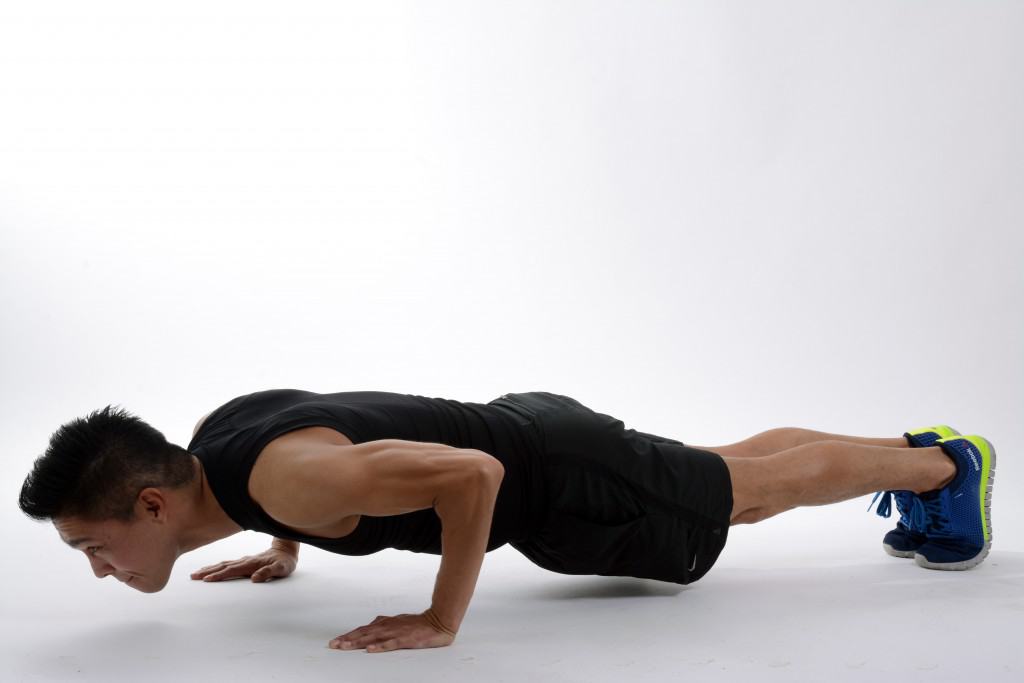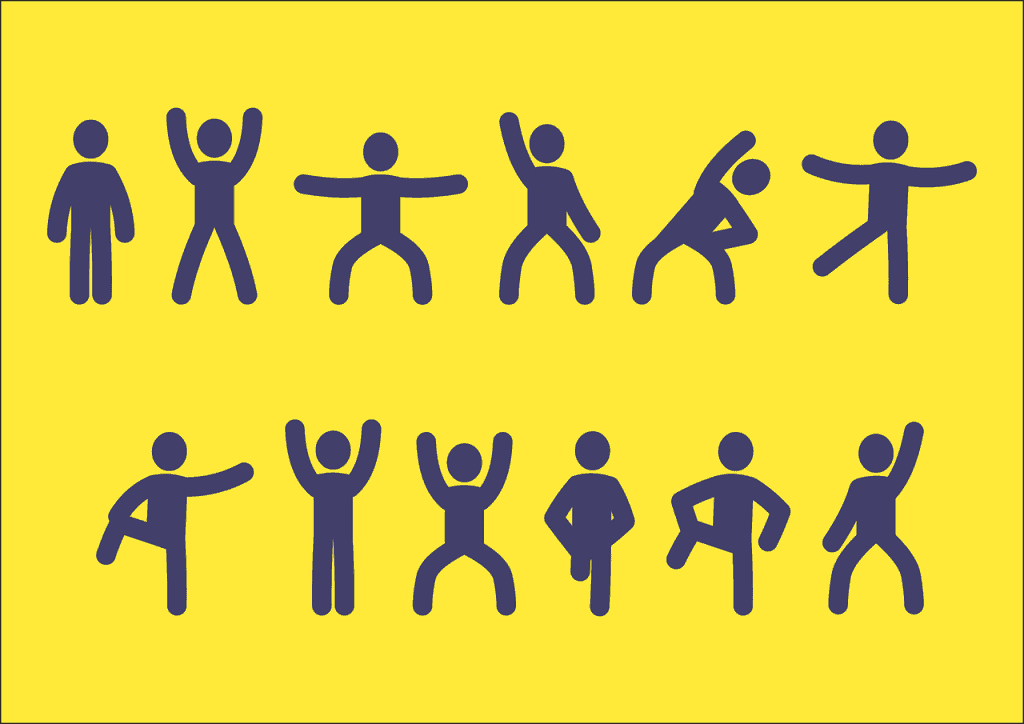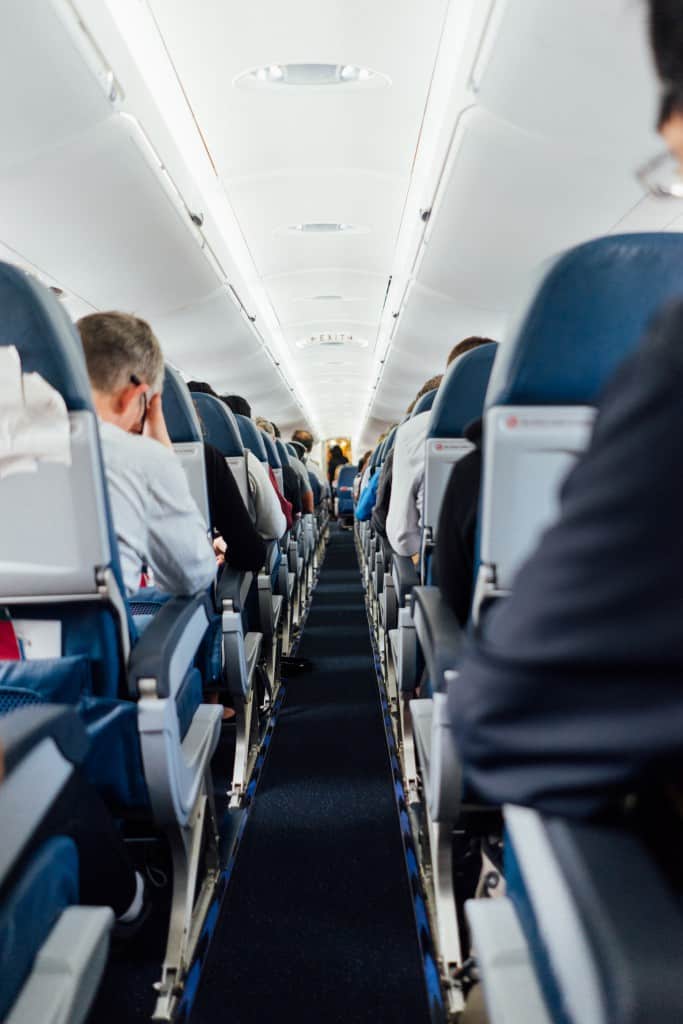Fly high, stay healthy
Traveling via air is undeniably convenient and often necessary, so passengers should be keenly aware of the hazards that flying – and particularly on long-haul flights – can have on their health. Research has clearly established that flying can produce or exacerbate a range of health issues like Deep Vein Thrombosis (DVT), muscle spasms, jet lag and even chronic exhaustion. Nevertheless, there are a few ways to decrease the impacts to your health during a flight and of primary importance in this list is engaging in physical activity whilst airborne.
How long has it been known that flying could be detrimental to health?
It was all the way back in the 1960s that the first studies were published exposing the health risks associated with air travel. These studies found that passengers were at a heightened risk of developing DVT, a sometimes-lethal condition, in which a blood clot forms in a vein deep in the leg, pelvis and sometimes, the arm. If a DVT embolism breaks free and travels through the circulatory system, it can cause blockages affecting the heart or lungs and can be deadly, so it’s sensible to keep a close eye on any underlying health concerns that could amplify dangers to flying.

What other health implications can arise from flying?
In addition to DVT, flying can also cause a few other health problems, including:
Muscle cramps. That sudden shocking pain when muscles just lock up are a frequent problem for some people on flights. The cramping is a direct result of dehydration and lack of movement.
Fatigue. Feeling listless and unenergetic is another widespread issue associated with hours spent in an aircraft. That general feeling of fatigue is a consequence of dehydration, lack of movement, and jet lag.
Dehydration. Irritating and uncomfortably dry eyes, dry skin, and a parched mouth from a lack of water intake will create problems for even the hardiest of experienced fliers. The cabin air lacks moisture, so you will need to compensate by drinking plenty of water at regular intervals. Take a note that sugary fruit or soft drinks and alcohol are beverages that won’t help!
Jet lag. That old foe jet lag is a condition that occurs when you travel across time zones. It can cause symptoms like fatigue, difficulty sleeping, and headaches even after you’ve landed. We’ve taken some time to detail how to deal with jet lag here.
It’s a cramped aircraft, not a gym! What can I do for exercise?
While you could get creative with the style of exercising on a plane (we’re thinking of doing a set of press-ups in the aisle) you might want to stick to an accepted list of exercises that can be done on an aircraft. Some of the most common exercises include:
- Walking around the cabin. Though it’s sometimes discouraged (and highly dangerous at certain times of the flight) walking and moving is one of the best exercises you can do while flying. If you can steal a couple of laps around the cabin, then this really helps to keep your blood flowing and prevents blood clots from forming.
- Leg raises. This activity is a terrific way to move on a plane as you can manage these while sitting and prevent muscle cramps. To do a leg raise, simply lift one outstretched leg up from under the seat to the highest possible position the space allows and hold it there for a few seconds, and then alternate for each leg.
- Arm circles. Mimicking the flying of a bird is ironic when you’re 39,000 feet in the air, however it really is the best way in to stretch your arms and shoulders. To do an arm circle, simply extend your arms out to the sides and make circles with your arms; just be careful of other passengers and cabin crew!
- Neck stretches. Stretching your neck to loosen muscles and prevent cramps is as simple as tilting your head to one side and hold it there for a few seconds. You might try some resistive stretching once you’ve warmed up by grabbing your head and pulling down as you lift your head back up.
How often should you exercise while flying?
It is recommended that you exercise for at least 10 minutes every hour while in the air. If you are unable to walk around the cabin for this amount of time because of meal services, turbulence or other instructions to stay seated, then default to all the other exercises listed above.

Not all airlines are equal for exercise!
Some airlines have recognised that the quality of a flight experience goes beyond on-time schedules, the meal quality, and crew and inflight services – they’ve taking the initiative to educate passengers to participate with their programmes of in-flight exercise. Our favourites are:
Qatar Airways partnered with the Chopra Centre for Wellbeing to present passengers with customised Ayurvedic techniques to use during flight to feel more balanced, healthy and relaxed.
Qantas have an easy-to-follow in-flight video designed for passengers designed by The University of Melbourne and Sports Medicine Australia.
Turkish Airlines keep your flight health and mood high with a guide to massage during your journey.









